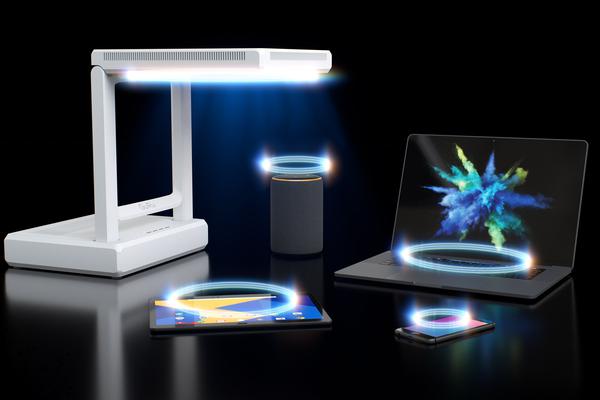Realizing the future of super charging through charging
In the automotive era before World War II, technology enabled some of the brightest vehicles to produce thunderous horsepower, and superchargers became a reliable method of forced air intake for internal combustion engines. Mercedes-Benz, Cord and even Indy 500 racing cars are brought to life due to the enhanced engine air, which generates huge horsepower. However, in recent years, with the development of turbocharging technology, superchargers have gradually lost the favor of automotive engineers.
The leading problem area with superchargers is the need for large quantities of mechanical momentum from an engine’s crankshaft. Defined technically as parasitic loss, a belt or gear-driven supercharger unit consumes as much as 1/3 of the engine’s power to operate. Becoming a situation similar to running an air conditioner or the power steering systems, the load actually reduces an engine’s operation efficiency. The reward of a supercharger must repay the lost engine performance and provide the source of extra horsepower.
The best solution for the future of supercharging would be to step away from the dependence on the engine’s forces. Advancing from mechanical to electrical drive has been viewed for years as an experimental possibility, but Controlled Power Technologies (CPT) has presented a captivating approach to the electric supercharger. In their VTES (Variable Torque Enhancement System), CPT showcases electric supercharging as a powerful solution extensively selling fresh thinking to hybrid vehicle technology.
Demonstrated on a 1.4-liter gasoline engine, CPT’s VTES comfortably seats inside the engine compartment with applications possible throughout the ranges of internal combustion powerplants. Gasoline and diesel powerplants to potential hosts, it is even possible to include VTES on engines mounted with a turbocharger. Filling the engine cylinders with a maximum boost pressure of 1.45 (a figure determined between the absolute pressures within the supercharging process), an electrically-powered radial compressor spins at 70,000 RPMs.
Performance of the VTES technology is prevalent on all measurable performance scales. Torque production through the 1.4-liter powerplant inc

Beyond being an excellent power boost, CPT proudly boasts its electric supercharger unit as a low-cost hybrid solution. Instead of electrical current having a direct role in moving wheels, energy is applied directly through a compressor to increase the internal combustion engine’s efficiency through forced air. Also opposed to many hybrid vehicles employing higher-voltage electrical hardware, the VTES is designed to work on the current industry standard 12-volt automotive system. Theoretically, this technology opens hybrid-type capabilities to a wide range of existing powerplants and performance applications. It’s still too early to consider whether or not an electric supercharger could become a bolt-on aftermarket component.
As hybrids remain the environmentalists’ tools, the VTES provides all the efficiency benefits on top of the superior horsepower and torque. Combined with a specially-developed turbo 2-liter gasoline engine, CPT eludes fuel efficiency up to par with a diesel powerplant of the same displacement. To gain the full perspective for how electrical assistance can aid today’s engines’ mechanical workings, the VTES is configured along with an integrated starter/generator system (a popularized option on European cars which has yet to catch on in North American vehicles offerings).
One step away from experimental by CPT, electric supercharging realizes a possible automotive future where power production will be coaxed out of internal combustion engines through even more efficient means.
Source of information and photos: Controlled Power Technologies Ltd.
-
Latest
 The death toll from traffic accidents may increase during Thanksgiving
The death toll from traffic accidents may increase during ThanksgivingThanksgiving is always a happy time when family and friends gather to celebrate. There is a football game (to the Lions Club!) and a nap after eating a plate of turkey on the recliner. This is a great...
-
Next
 Automoblog Book Garage: 50 Years of Pontiac GTO
Automoblog Book Garage: 50 Years of Pontiac GTOI was still in college when Pontiac brought back GTO. What I know about GTO is that it is an old muscle car. Other than that, I don't have a reference frame for "The Great One". Nevertheless, I still...
Popular Articles
- Ivy Charging Network cooperates with the Ontario municipal government to build a level 2 charger
- The Canadian government invests in a clean car and aerospace center in Hamilton
- Mitsubishi Motors Canada Appoints Kenji Harada as New President and Chief Executive Officer
- Nissan announces Canadian pricing for the new 2021 Rogue
- FedDev Ontario invests in Canada's first car accelerator in Windsor-Essex
- 2019 Volvo V60 unveiled, emphasizing versatility and safety
